UV resin is toxic in its uncured form and can be harmful if not handled with care. The chemicals in liquid UV resin contain irritants that can affect your health and your pets' well-being if used without proper ventilation or protection.
Once fully cured, UV resin becomes non-toxic and safe to touch or use for everyday items.
Some manufacturers claim their products are "non-toxic," but it's important to remember that all uncured UV resins contain chemicals that can be harmful when inhaled or touched directly.
What Is UV Resin And Its Toxicity Risks

UV resin is a liquid plastic that hardens when exposed to ultraviolet light. While it's popular for crafts and 3D printing, it contains chemicals that can harm your health if not handled properly.
Common Uses And Health Hazards
UV resin is used in jewelry making, coating surfaces, and creating small decorative items. Many people also use it in SLA 3D printers to make detailed models.
But be careful! Liquid UV resin contains irritants that can hurt your skin. If you touch uncured resin, it might cause irritation and allergic reactions.
For beginners interested in jewelry making, our UV resin kit collection offers all-in-one solutions to get started safely.
Difference Between UV And Epoxy Resin Safety
UV resin and epoxy resin work differently and have different risks. UV resin hardens quickly under UV light, while epoxy resin needs more time to cure by mixing two parts together.
UV resin is toxic in its liquid form but becomes safer once fully cured. The main danger comes during the application and curing stages. You need special UV lamps to harden it properly.
Epoxy resin releases more fumes during the mixing and curing process, which can last hours or days. These fumes are harmful if you breathe them in for too long.
Both types need safety gear, but UV resin projects finish faster, which means less time being exposed to toxic materials.
Neither type is "safe" to use without proper protection like gloves, good ventilation, and sometimes masks.
To understand the distinctions between these resins, read our detailed comparison: Epoxy Resin vs UV Resin: What's the Difference?.
Health Considerations When Working With Uncured UV Resin
Uncured UV resin requires careful handling to ensure a safe and enjoyable crafting experience. Being informed about potential health considerations helps you take appropriate precautions.
When working with uncured resin, it's important to know that proper handling minimizes risks. Uncured resin contains irritants that can be harmful if not handled correctly.
Skin, Eye, and Respiratory Awareness
Uncured resin can absorb through skin contact. Some resins contain components that may interact with your body's systems.
If contact occurs, you might experience some of the following:
- Mild irritation
- Temporary redness
- Skin sensitivity
Your eyes deserve extra protection when working with resin. Always wear appropriate eyewear to prevent accidental splashes.
Proper ventilation helps minimize inhalation concerns. Resin fumes can cause respiratory irritation with sustained exposure in poorly ventilated areas.
Short-Term vs. Long-Term Considerations
You might notice immediate signs that indicate you need better protection, such as the following:
- Mild headaches
- Temporary throat irritation
- Eye watering
Long-term exposure to uncured resin without proper safety measures may potentially lead to more significant health considerations over time.
Sensitivity Awareness
Some people may develop increased sensitivity to resin with repeated exposure. This is called sensitization.
Signs of increased sensitivity can include the following signs and symptoms:
- Itching
- Redness
- Mild swelling
- Skin irritation
The good news is that resin can be non-toxic when used as directed with proper safety precautions. Following manufacturer guidelines helps ensure a safe creative experience.
Safety Of Cured UV Resin

The safety of UV resin changes dramatically after it fully cures. Proper curing transforms potentially harmful resin into a more stable material, though some precautions are still needed.
Toxicity After Complete Curing
Fully cured UV resin is generally considered safe to handle with bare hands.
The curing process causes a chemical reaction that makes the harmful compounds bond together, creating a solid plastic that doesn't release toxins. This only happens when the resin has cured 100%.
If you notice a sticky feeling or smell a chemical odor, the resin isn't fully cured yet! Some people might still have skin reactions even to cured resin. This is because they may be sensitive to the material itself.
To make sure your resin is fully cured, give it extra time under UV light. Turn the piece over to cure all sides. Thin pieces might need 5-10 minutes, but thick ones could need 30+ minutes.
UV resin toxicity can be managed with the right equipment. Browse our UV light for curing resin collection featuring proper curing tools that minimize exposure to harmful uncured resin.
Food Safety And Use Around Children/Pets
Cured resin is not food safe unless specifically labeled as such. Regular UV resin shouldn't touch food or drinks, even after curing.
If you want to make cups or dishes, look for "food-grade resin" instead. Keep all resin projects away from children and pets! Small animals might try to chew on shiny resin objects. This can be dangerous because:
- Pieces might break off and be swallowed
- Some resins might still have traces of chemicals
- Sharp edges from broken resin can hurt mouths
For households with kids or pets, store resin crafts on high shelves. Never let children handle resin items unsupervised. Even cured resin isn't meant to be a toy.
If you make jewelry or items that touch skin for long periods, check that your resin is hypoallergenic. Some people get rashes from wearing resin earrings or pendants.
Essential Safety Practices
Working with UV resin requires careful attention to safety. Following proper procedures protects your health and ensures better project results.
Protective Equipment (Gloves, Ventilation, Masks)
Always wear nitrile gloves when handling UV resin. These protect your skin from irritation and potential allergic reactions. Regular latex gloves won't work well because resin can break them down.
Good ventilation is super important! Open windows or use a fan to move air away from your face. Some crafters use small desktop fans to push fumes away while they work.
Wear safety glasses to protect your eyes. UV resin can be more irritating to eyes than epoxy resin.
If you work with resin often, consider getting a respirator mask with organic vapor cartridges. This is especially important if you notice any breathing discomfort.
Don't forget to protect your clothes too! A long-sleeved shirt and apron keep resin off your skin and favorite outfits.
Safe Handling And Workspace Setup
- Create a dedicated workspace away from food, pets, and kids.
- Cover your work surface with silicone mats or wax paper that can be easily cleaned or thrown away.
- Keep paper towels handy for quick spill cleanup.
- Spills become harder to clean once cured.
- Label all your resin supplies clearly. This helps prevent mix-ups that could be dangerous.
- UV resin needs UV light to cure. Be careful with UV lamps - never look directly at them and keep them pointed away from your skin and eyes.
- Work in a room with good lighting so you can see spills right away.
- Some crafters put down newspaper to catch drips and make cleanup easier. Or, you can also use silicone mats, which are reusable.
Proper Storage And Disposal Methods
Store UV resin in its original container with the lid tightly closed. Keep it in a cool, dark place away from direct sunlight that could cause it to harden.
Mark the purchase date on bottles. Most resins have a shelf life of about 6-12 months once opened.
Never pour liquid resin down the drain! For unused resin, cure it with UV light before throwing it away.
For empty bottles and used supplies:
- Cure any remaining resin first
- Check local regulations for disposal
- Some areas treat cured resin as regular trash
- Others require special handling as household hazardous waste
Keep resin supplies locked away from children and pets. Even small amounts can be harmful if swallowed.
Final Thoughts
UV resin is toxic, so you need to be careful in using it for any project.When working with UV resin, always wear proper safety gear. This includes gloves, a mask, and eye protection.
Some people have bad reactions to resin even with protection. If you notice itchy skin, breathing problems, or headaches, stop using it right away.
For a comprehensive overview of UV resin safety and application techniques, refer to our guide: The Best UV Resin Guide: Perfect Results Every Time.
Frequently Asked Questions
How bad is it to touch UV resin?
Touching uncured UV resin can be harmful. The chemicals in liquid resin can cause skin irritation, rashes, or allergic reactions.
Always wear nitrile gloves when working with UV resin. If you get some on your skin, wash the area right away with soap and water. Don't use alcohol to clean it off your skin as this can make the chemicals absorb faster.
Is UV resin safe to drink out of?
No, you should not drink from UV resin items. Even after curing, resin may leach chemicals into beverages.
Most craft resins are not food-safe. If you want to make cups or dishes, look for special food-grade resins that say "FDA approved" on them.
These are made just for things that touch food and drinks.
Do you need a respirator for UV resin?
Yes, you should wear a respirator when working with UV resin. The fumes can irritate your lungs and may cause health problems over time.
A mask with organic vapor filters works best. You should also work in a well-ventilated area. Open windows or use fans to move air away from your face.
Is UV resin toxic after curing?
Properly cured UV resin is much safer than liquid resin, but it's not completely non-toxic. Some chemicals may still be present on the surface.
Make sure your resin is fully cured by exposing it to UV light for the right amount of time. Sand off any sticky spots, which mean the resin isn't fully cured.
Wash finished pieces with soap and water before handling them a lot.
Can finished UV resin projects be considered waterproof?
Yes, most cured UV resin projects are waterproof. This makes resin great for jewelry, coasters, and other items that might get wet.
To ensure waterproofing, make sure the resin is completely cured. Thin layers cure better than thick ones. For extra protection, you can add a final clear coat to seal any tiny holes or imperfections in your project.

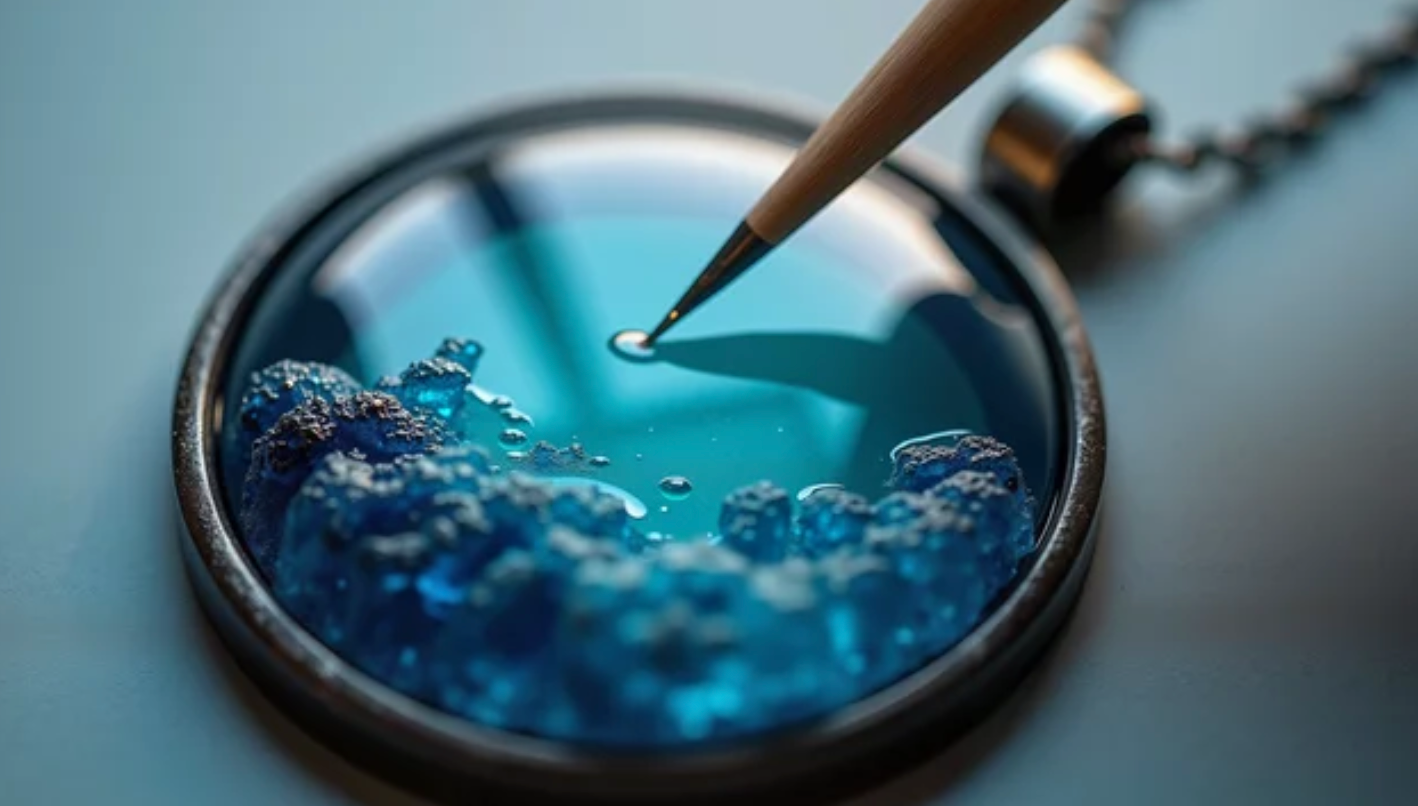
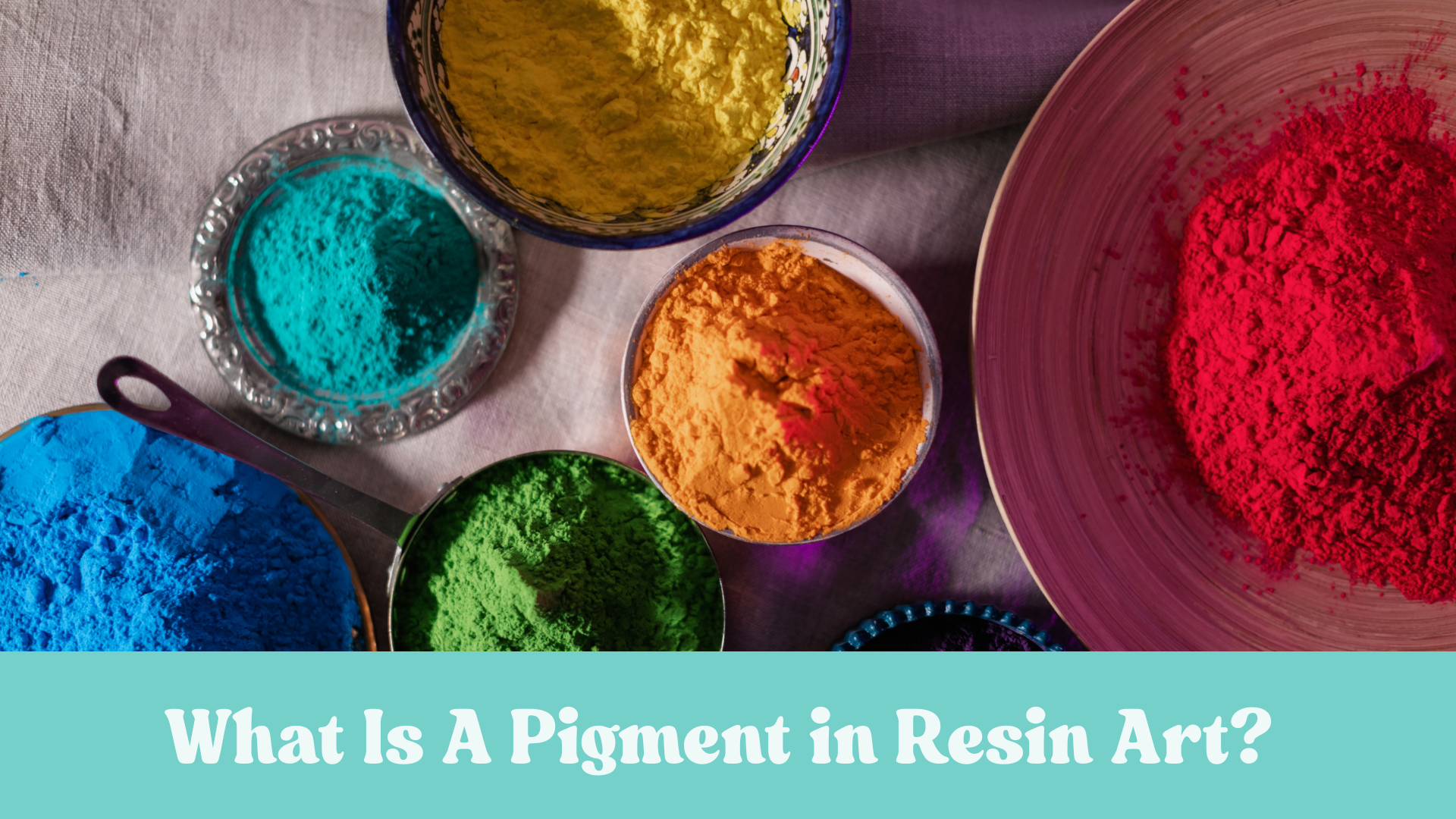
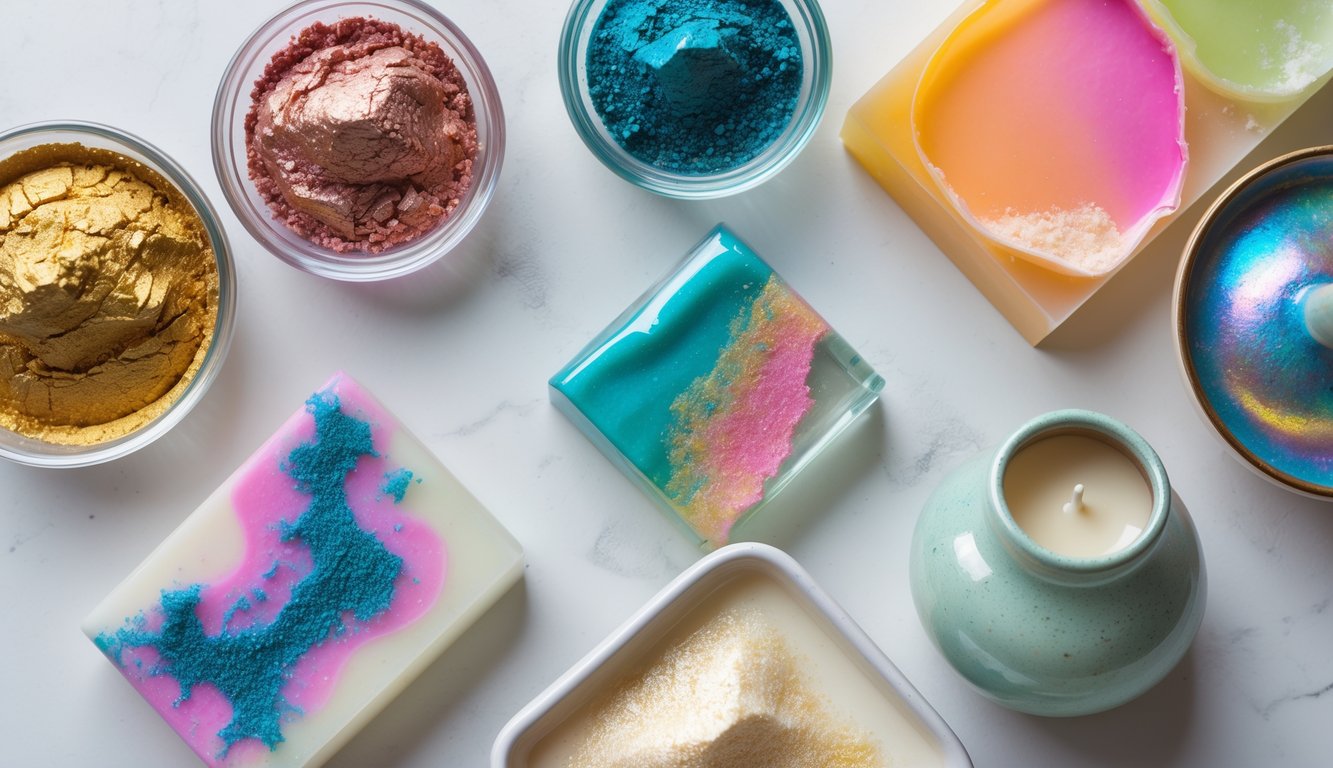



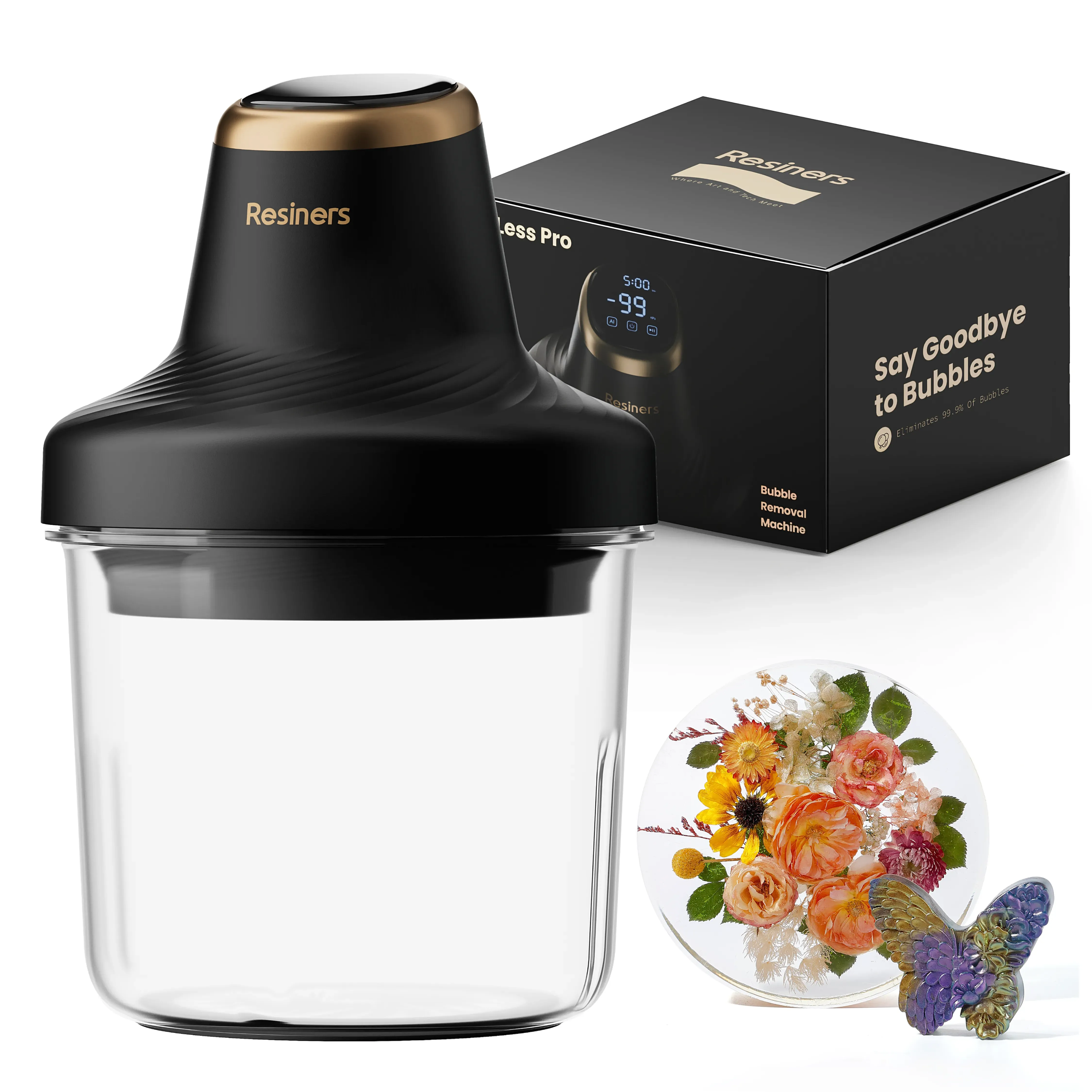
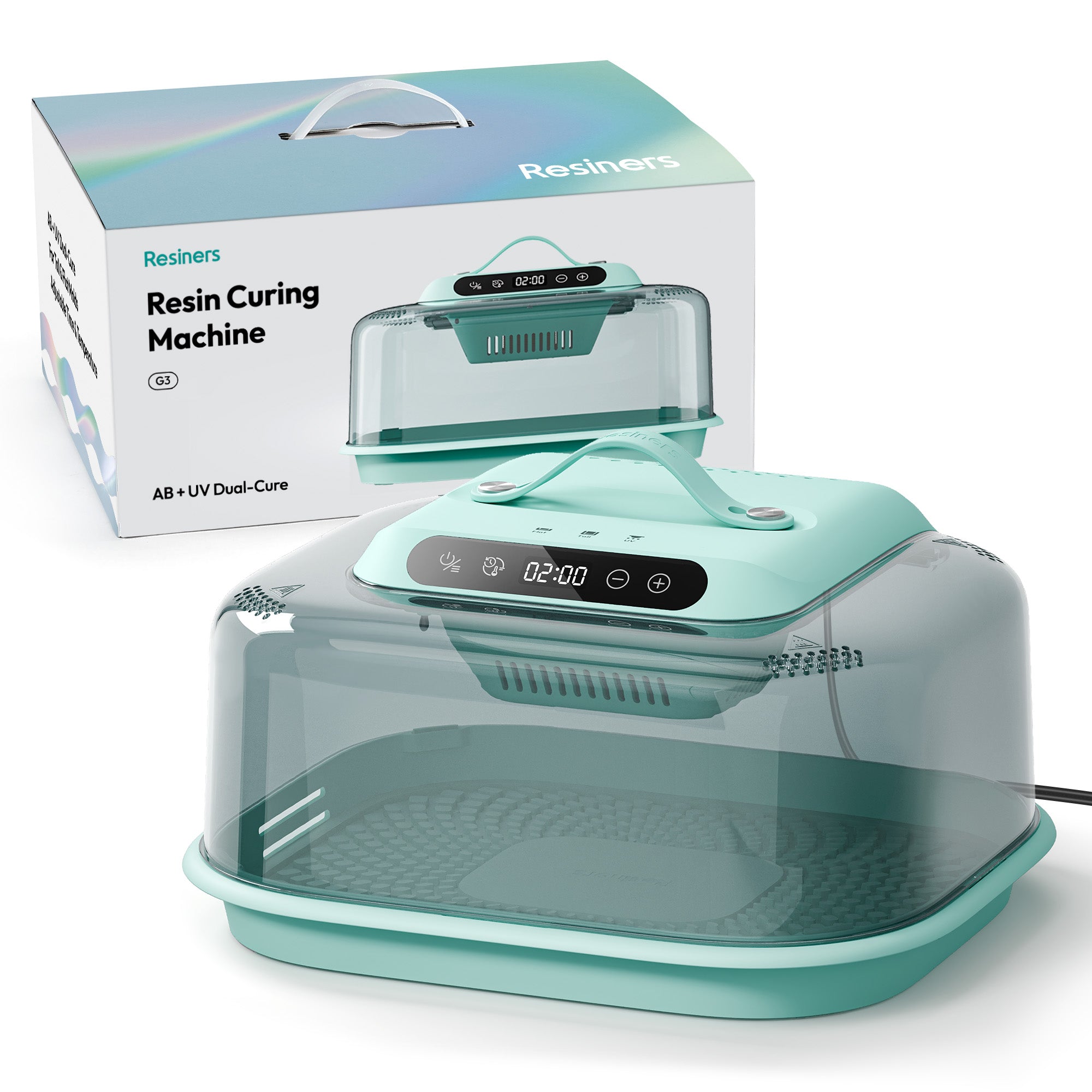
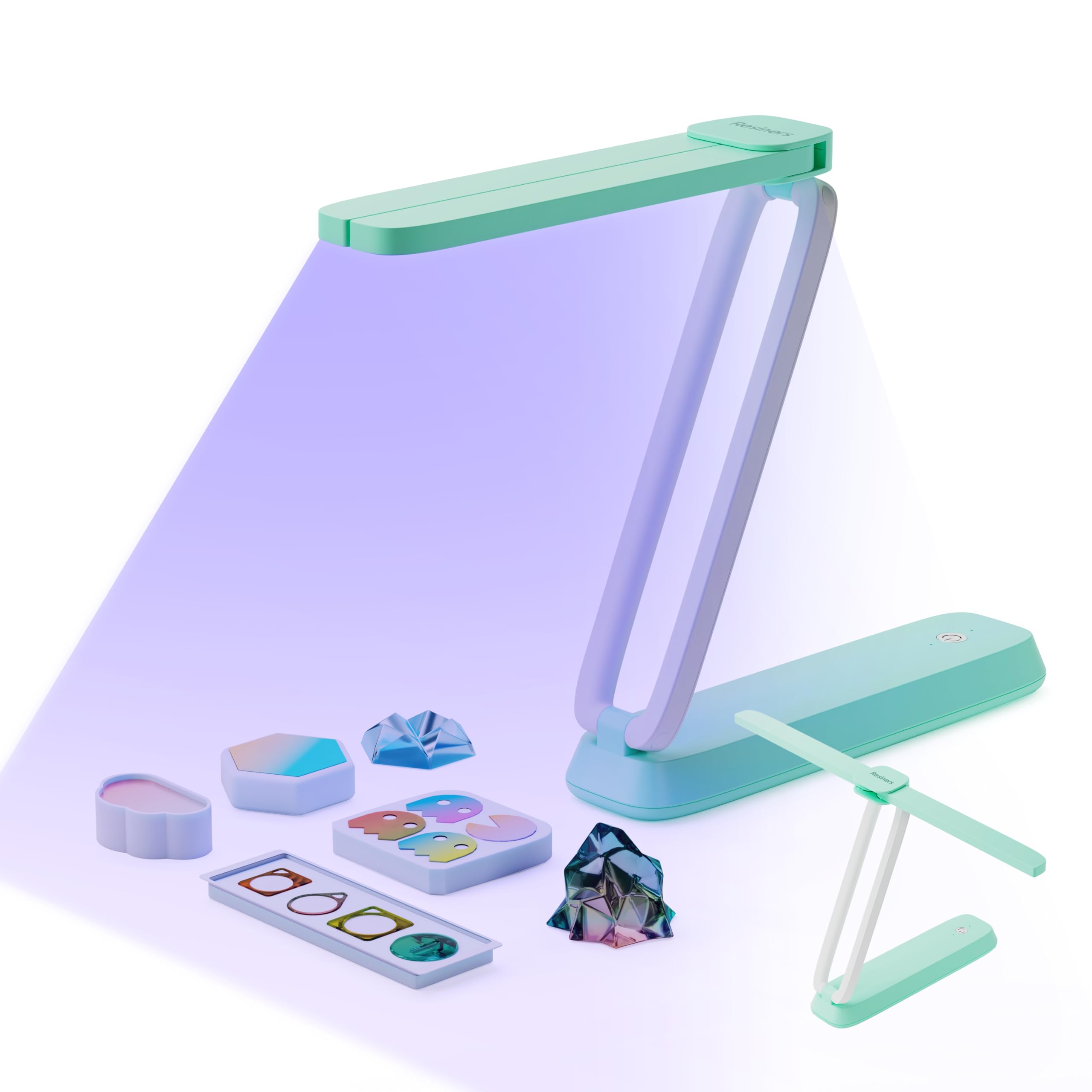
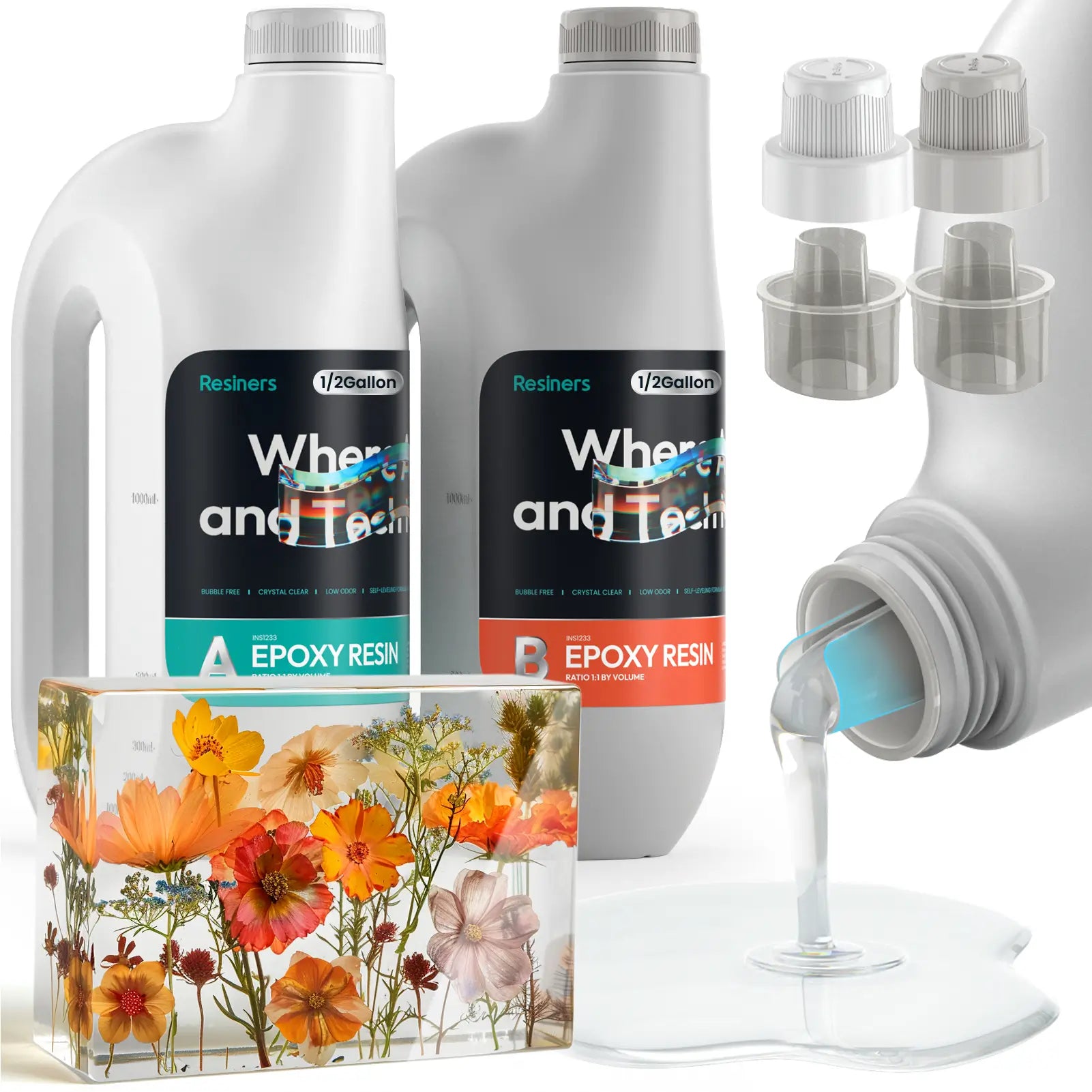
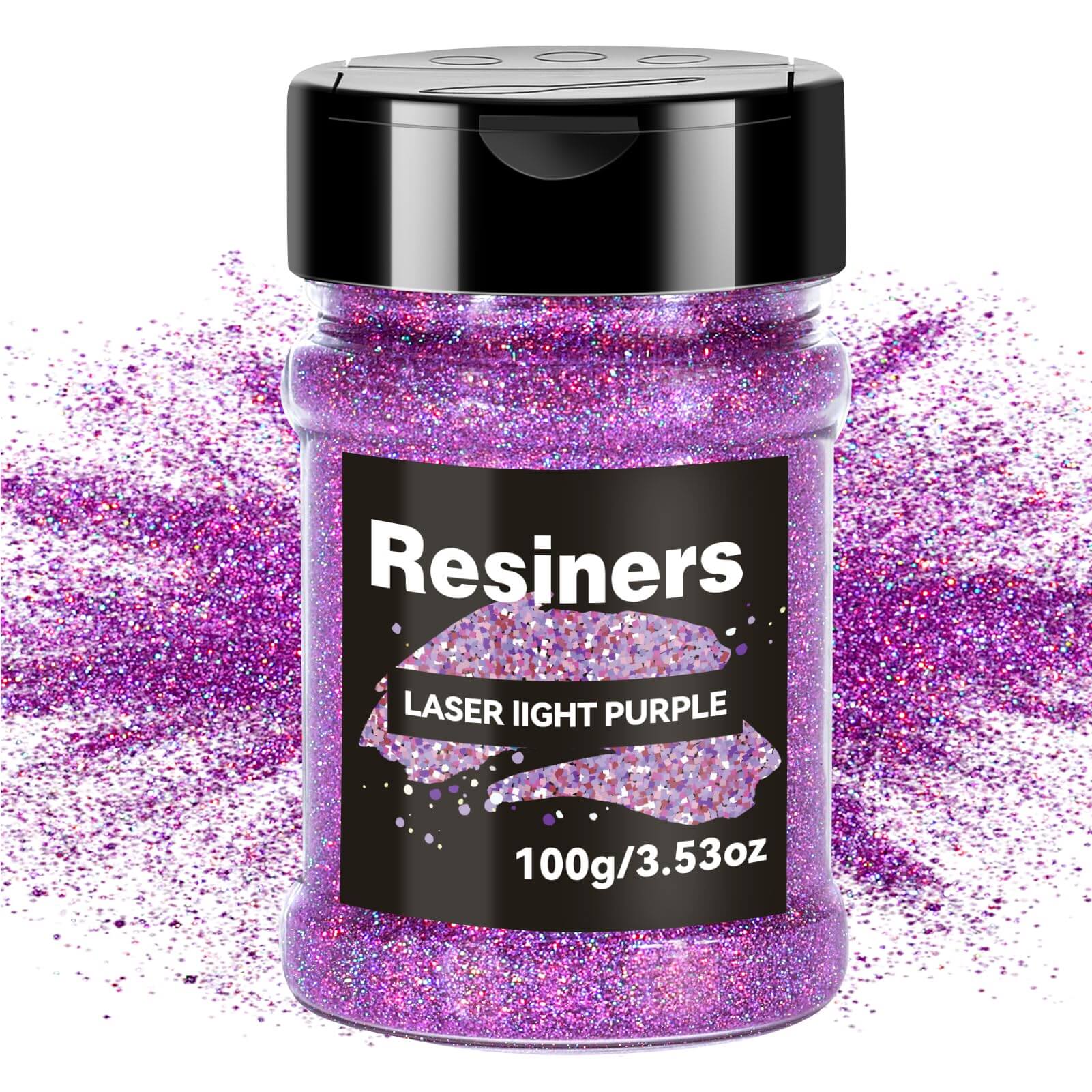
コメントを書く
このサイトはhCaptchaによって保護されており、hCaptchaプライバシーポリシーおよび利用規約が適用されます。